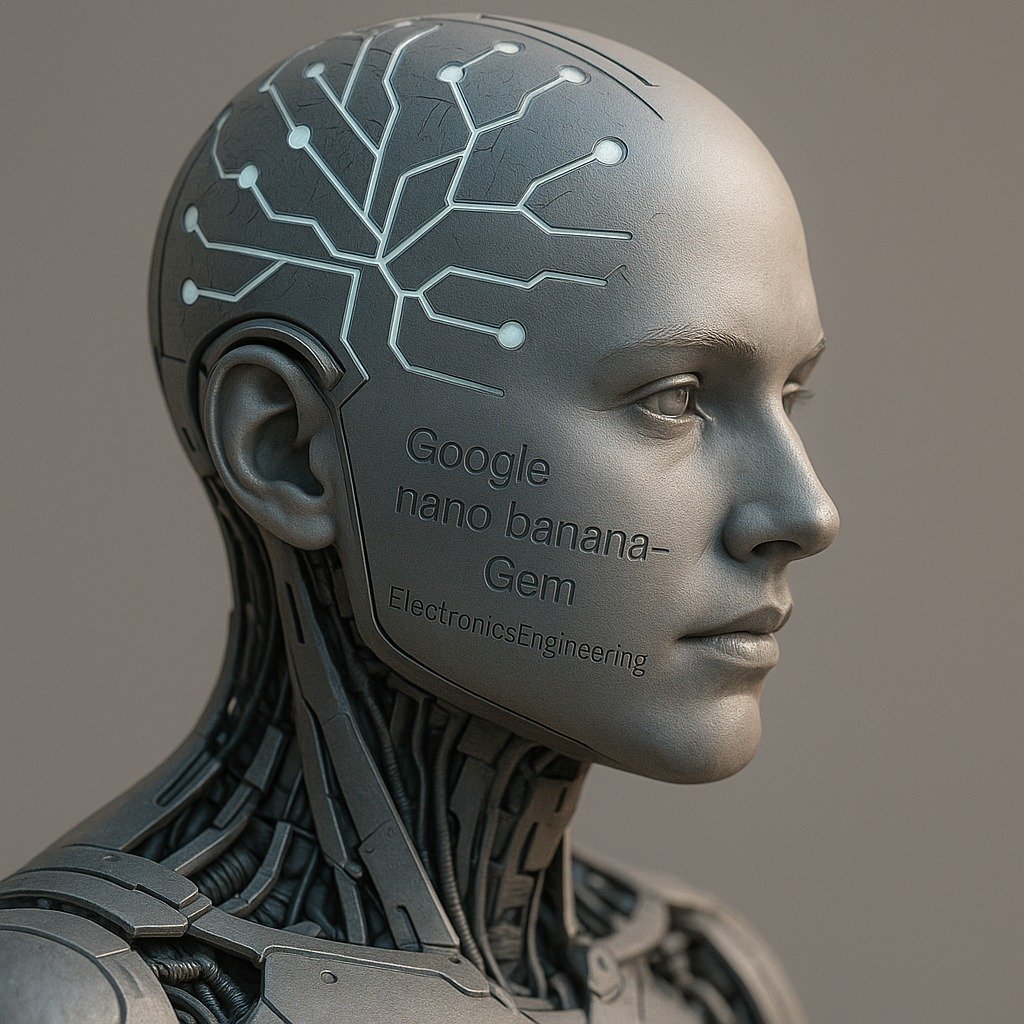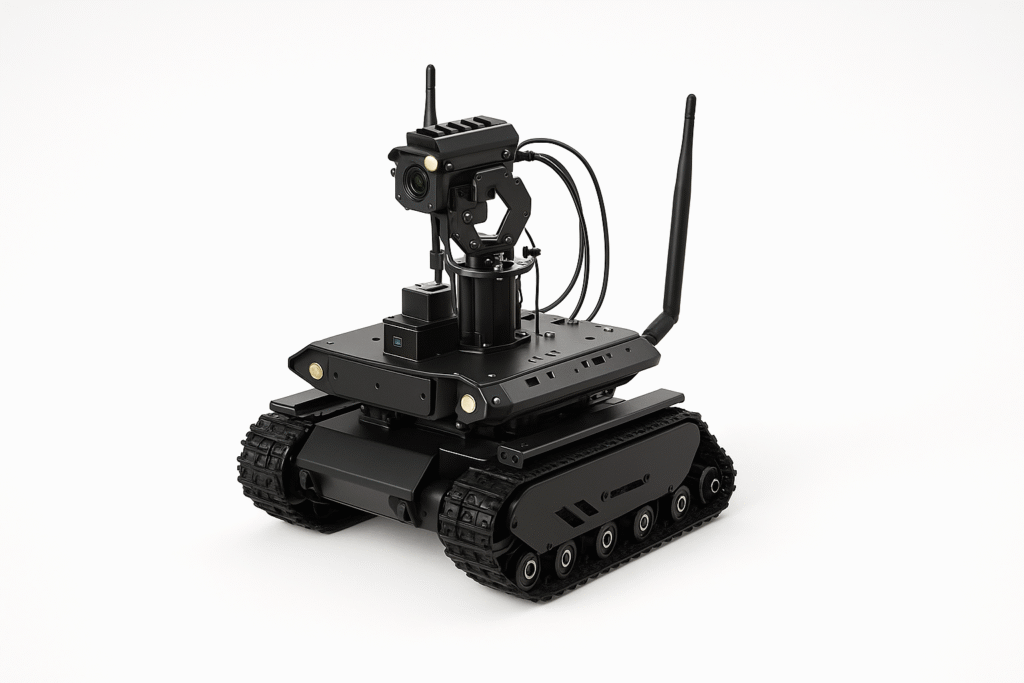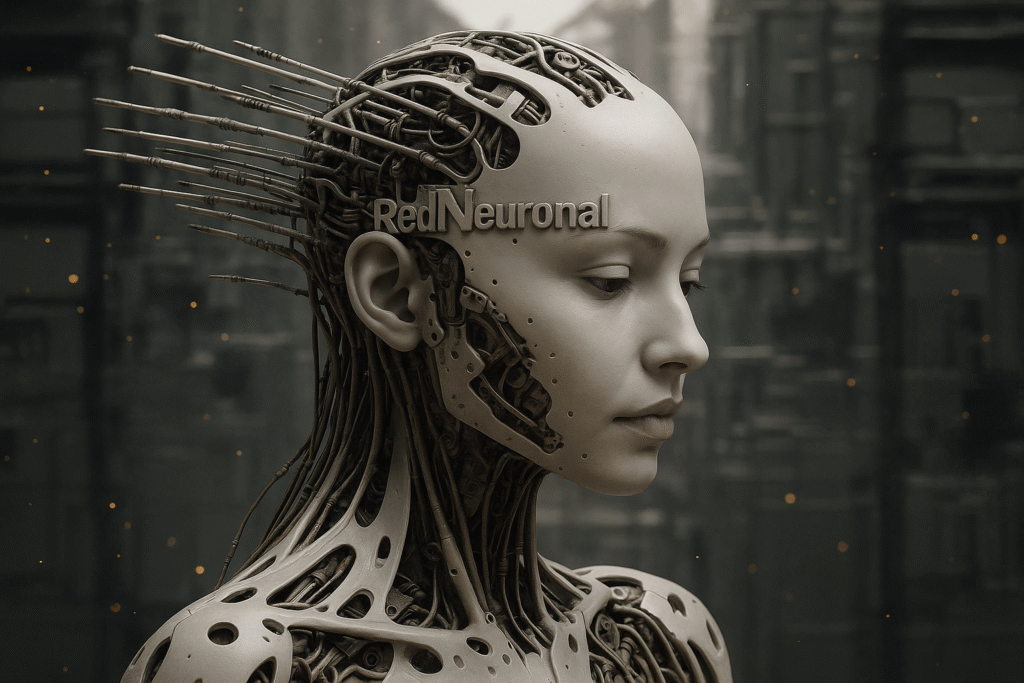Comprehensive Tutorial: Google Nano Banana – Gemini 2.5 Flash Image
Practical Introduction
In the ever-evolving landscape of artificial intelligence, image generation has emerged as one of the most exciting frontiers. The term «nano banana» might sound quirky, but it encapsulates the innovative capabilities of Google’s Gemini 2.5 Flash Image model. During my explorations with AI-generated visuals, I encountered a mesmerizing image of a cat dining under the stars in an upscale restaurant, all made possible by this cutting-edge technology. It’s incredible how a few carefully chosen words can unlock such creativity and imagination.
This tutorial aims to provide a comprehensive understanding of the Gemini 2.5 Flash Image model, exploring its functionalities, applications, and best practices. By the end of this guide, you will be equipped to harness the power of this AI tool for your creative projects.
Fundamentals
What is Gemini 2.5 Flash Image?
Google’s Gemini 2.5 Flash Image, affectionately dubbed the «nano banana,» is an advanced image generation and editing model that enables users to create visuals based on natural language prompts. It is designed to cater to a diverse audience, including artists, designers, marketers, and developers. With a focus on accessibility, the model allows users to generate high-quality images without requiring extensive graphic design skills or technical expertise.
Core Features
The Gemini 2.5 Flash Image model is packed with features that enhance its usability and versatility:
- Natural Language Processing: The model’s ability to understand and interpret natural language prompts is one of its standout features. This allows users to communicate their ideas clearly and efficiently, resulting in accurate image generation.
- Image Generation: Users can create images from scratch by providing specific prompts. The model translates these instructions into visual representations, making it a powerful tool for generating unique content.
- Image Blending: Gemini 2.5 Flash Image allows for the fusion of multiple images into a single cohesive output. This feature is particularly useful for creating collages or marketing materials that require a combination of elements.
- Character Consistency: For projects that involve characters, the model maintains consistency in appearance and attributes across different images. This is crucial for storytelling and branding purposes.
- Prompt-Based Editing: The model supports image editing through natural language commands, enabling users to make adjustments like changing colors, adding effects, or altering backgrounds without needing specialized software skills.
- Contextual Understanding: Leveraging Google’s extensive knowledge base, the model enhances the relevance and accuracy of generated images by understanding real-world references.
Technical Architecture
Understanding the underlying architecture of the Gemini 2.5 Flash Image model can provide insights into its capabilities. The model is built on deep learning principles, utilizing neural networks to process and generate images. The architecture typically includes:
- Convolutional Neural Networks (CNNs): These are primarily used for image processing tasks, allowing the model to identify patterns and features within images effectively.
- Transformer Models: These models excel in understanding context and relationships within data, particularly in natural language processing. They help the Gemini model interpret prompts accurately.
- Generative Adversarial Networks (GANs): In some implementations, GANs may be used to enhance image quality and realism by pitting two neural networks against each other—one generating images and the other evaluating them.
This combination of technologies enables the Gemini 2.5 Flash Image model to generate high-quality, contextually relevant images based on user input.
How It Works
Accessing the Model
To begin using Gemini 2.5 Flash Image, users can access it through various platforms, including:
- Gemini API: This option is ideal for developers looking to integrate the model into their applications or workflows.
- Google AI Studio: Users can interact with a user-friendly interface, making it accessible for those without programming knowledge.
- Vertex AI: This platform provides advanced tools for machine learning and AI, allowing for more complex implementations.
Crafting Effective Prompts
The quality of the images generated by the model largely depends on the prompts provided. Here are some tips for crafting effective prompts:
- Be Specific: Instead of vague instructions, clearly articulate what you want. Specify the style, elements, and attributes of characters or objects.
- Use Descriptive Language: Incorporate adjectives and specific nouns to guide the model in creating the desired image. For example, instead of saying «a cat,» you might say «a fluffy orange cat sitting on a velvet cushion.»
- Experiment with Variations: Don’t hesitate to try different prompts to see how the model responds. Small adjustments can lead to significantly different results.
- Contextual Clarity: Provide context in your prompts that will help the model understand the environment or scenario you are envisioning. For example, specifying «a cat in an upscale restaurant» gives the model more to work with than just «a cat.»
- Limit Length: While it’s important to be descriptive, overly lengthy prompts can confuse the model. Aim for clarity and conciseness.
Image Generation Process
Once you have access to the model and have crafted your prompt, follow these steps to generate images:
- Input the Prompt: Enter your specific prompt into the designated field in the interface or API.
- Review the Output: After processing, the model will generate an image based on your prompt. Take a moment to evaluate the result.
- Iterate as Needed: If the generated image doesn’t meet your expectations, refine your prompt and try again. The iterative process is key to achieving the desired outcome.
- Save Your Work: Once you are satisfied with the generated image, make sure to save it in your desired format. This will ensure you can easily access and use it later.
Editing Images
After generating an image, you may want to make adjustments. The model allows for prompt-based editing, enabling users to issue commands like:
- “Make the background blurrier.”
- “Change the color of the cat to gray.”
- “Add a soft glow effect to the lighting.”
Simply input your desired changes, and the model will process the edits accordingly. This feature is particularly useful for refining images to better fit your vision.
Maintaining Consistency
For projects that require character or product consistency across multiple images, it’s essential to use the same descriptions in your prompts. This will ensure that the generated visuals retain the same appearance and attributes, enhancing the overall coherence of your project.
Applications
The versatility of Gemini 2.5 Flash Image opens it up to a wide range of applications across various fields:
- Marketing: Businesses can create promotional imagery for products, services, or campaigns, helping to attract customers with visually appealing content.
- Content Creation: Bloggers, social media influencers, and content creators can generate images to complement their written content, making it more engaging and visually appealing.
- Art and Design: Artists can use the model to explore new concepts, generate inspiration, or create unique pieces of art without starting from scratch.
- Education: Educators can create visual aids, diagrams, or infographics to enhance learning materials, making complex concepts easier to understand.
- Entertainment: Game developers and filmmakers can use the model to visualize characters, scenes, or concepts during the creative process.
- E-commerce: Online retailers can generate product images that showcase items in various settings or styles, enhancing the shopping experience for customers.
- Social Media: Businesses and individuals can create eye-catching posts that stand out in crowded feeds, leveraging the model’s capabilities to generate unique content quickly.
- Personal Projects: Hobbyists and enthusiasts can use the model for personal creative endeavors, whether it’s designing a book cover, creating illustrations, or generating artwork for home decor.
Good Practices and Limitations
Best Practices
- Clear Communication: Always strive for clarity in your prompts to ensure the model understands your intent.
- Iterative Approach: Don’t hesitate to refine your prompts and iterate on the generated images to achieve the desired results.
- Test Variations: Experiment with different styles and prompts to discover the full potential of the model.
- Utilize Editing Features: Make use of the prompt-based editing capabilities to enhance the quality of your images further.
- Maintain Consistency: For projects with recurring characters or themes, keep your descriptions consistent across prompts.
- Document Your Process: Keeping track of your prompts and the corresponding outputs can help you refine your approach over time.
Limitations
- Complexity of Prompts: While the model is powerful, overly complex prompts can lead to unexpected results. Aim for a balance between detail and simplicity.
- Dependence on Input Quality: The quality of the output is directly tied to the quality of the input. Poorly crafted prompts may yield unsatisfactory images.
- Contextual Limitations: Although the model has a broad understanding of real-world references, it may not always interpret niche or highly specific concepts accurately.
- Image Resolution: Depending on the platform used, there may be limitations on the resolution or size of the generated images.
- Overfitting to Prompts: The model may sometimes generate images that closely adhere to the prompt but lack creativity or uniqueness. Striking a balance between specificity and openness can help mitigate this.
Concrete Use Case
To illustrate the capabilities of Google’s Gemini 2.5 Flash Image, let’s consider a specific use case involving a marketing campaign for a new line of eco-friendly kitchen products.
Step 1: Defining the Concept
Begin by brainstorming the key messages you want to convey. For this campaign, you might focus on themes like sustainability, modern living, and the joy of cooking. Consider scenes that showcase the products in action, such as a family cooking together in a bright, airy kitchen filled with fresh ingredients.
Step 2: Generating Base Images
Start crafting your images using specific prompts. For example, input: “Create an image of a modern kitchen with eco-friendly utensils and vibrant plants.” The model will generate a stunning visual that captures the essence of your concept.
Step 3: Refining the Images
After generating your base images, you may want to refine them further. If the initial image lacks warmth, issue a command like “make the lighting warmer” or “add a window view with natural light.” The model will process these commands to enhance the image.
Step 4: Blending Images
Suppose you have several images of individual products. You want to create a composite image showcasing them all together. Upload the images and use prompts to blend them. For instance, you might say, “Combine these product images into a cozy kitchen setting.”
Step 5: Maintaining Character Consistency
If your campaign includes a character, such as a chef or a family member, use the same character description in all prompts. This ensures that the character appears consistently across the generated images, enhancing the storytelling aspect of your campaign.
Step 6: Final Edits
Once you have the images you want, make final adjustments to enhance them further. You can instruct the model to add text overlays, adjust colors, or create different versions of the same image with slight variations. For example, “Add a caption that reads ‘Cook with Love!’ in a stylish font.”
Step 7: Deployment
Finally, when your images are ready, export them in the desired format, such as JPEG or PNG. Use them in your marketing materials, social media posts, and website. This streamlined process allows you to create professional-level visuals without extensive graphic design skills.
In this scenario, you’ve effectively utilized Gemini 2.5 Flash Image to create a cohesive set of visuals that align with your marketing campaign, showcasing the eco-friendly products in a relatable and stylish manner.
Common Mistakes and How to Avoid Them
- Vague Prompts: Avoid using unclear or broad prompts. Instead, be specific about what you want in the image.
- Ignoring Character Consistency: If your project involves characters, ensure you use consistent descriptions to maintain their appearance across images.
- Overloading with Details: While details can enhance prompts, too many can confuse the model. Aim for clarity instead of complexity.
- Neglecting Edits: Don’t skip the editing phase; minor adjustments can significantly improve the final results.
- Forgetting to Test: Before deploying your images, test them in different contexts to ensure they meet your expectations.
- Failing to Document: Not keeping track of your prompts and results may lead to repeated mistakes. Documenting your process can help you learn and improve over time.
Conclusion
In conclusion, Google’s Gemini 2.5 Flash Image, or the “nano banana,” is a revolutionary tool that can transform your creative process. By leveraging natural language prompts, you can generate, edit, and blend images effortlessly, making advanced image generation accessible to everyone. Whether you’re a marketer, an artist, or a developer, this model opens up new avenues for creativity and expression.
So why not dive in? Start experimenting with your prompts today and unlock a world of artistic possibilities. For more information and resources, visit prometeo.blog. Happy creating!
Official sources
Third-party readings
- Guía completa de Gemini 2.5 Flash Image (Nano Banana) con ejemplos prácticos
- Nano Banana (Gemini 2.5 Flash Image) explicado: el nuevo modelo de generación y edición de imágenes de Google
- Cómo usar Nano Banana a través de la API (Gemini-2-5-flash-image)
As an Amazon Associate, I earn from qualifying purchases. If you buy through this link, you help keep this project running.



